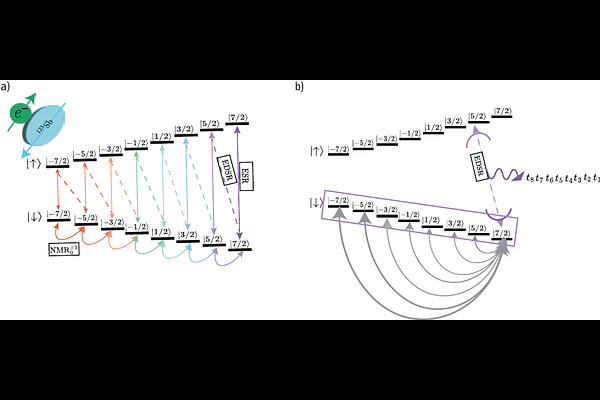Fusion for High-Dimensional Linear Optical Quantum Computing with Improved Success Probability

Fusion for High-Dimensional Linear Optical Quantum Computing with Improved Success Probability
Gözde Üstün, Eleanor G. Rieffel, Simon J. Devitt, Jason Saied
AbstractType-II fusion is a probabilistic entangling measurement that is essential to measurement-based linear optical quantum computing and can be used for quantum teleportation more broadly. However, it remains under-explored for high-dimensional qudits. Our main result gives a Type-II fusion protocol with proven success probability approximately $2/d^2$ for qudits of arbitrary dimension $d$. This generalizes a previous method which only applied to even-dimensional qudits. We believe this protocol to be the most efficient known protocol for Type-II fusion, with the $d=5$ case beating the previous record by a factor of approximately $723$. We discuss the construction of the required $(d-2)$-qudit ancillary state using a silicon spin qudit ancilla coupled to a microwave cavity through time-bin multiplexing. We then introduce a general framework of extra-dimensional corrections, a natural technique in linear optics that can be used to non-deterministically correct non-maximally-entangled projections into Bell measurements. We use this method to analyze and improve several different circuits for high-dimensional Type-II fusion and compare their benefits and drawbacks.